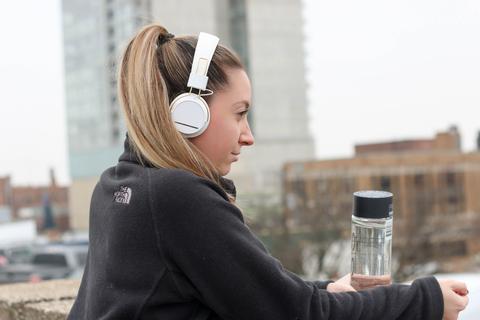This Common Wintertime Habit Could End Up Making You Sick
Don’t let your body mislead you this winter. You could be one of the 60-75% of Americans who settles into a common wintertime habit that causes you to suffer from dehydration in the winter.
When the sun is beating down and temperatures soar in summer, most of us automatically reach for water to quench our thirst and replace fluids lost through sweat. But in winter we’re trying to ward off chill, not sweating. We might warm our hands on a hot cup of tea, but we’re not desperately parched. Water bottles? In the closet with our shorts and sandals.
Big Mistake!
Human bodies are about 60% water. From digestion to oxygen transport, we need water to function. Even without heavy sweating, we can still lose up to two liters a day, through respiration, urination, and perspiration.
What to do if you’re not thirsty…
Surprisingly, in winter, our bodies are not sending us the cues we need. Cold weather studies at the University of New Hampshire confirm that the feeling of thirst is reduced by up to 40% during this season. Our water intake declines and this puts us at risk for dehydration.
“Humans don’t naturally hydrate themselves properly, and they can become very dehydrated in cold weather because there is little physiological stimulus to drink,” says Robert Kenefick, University of New Hampshire Associate Professor of Kinesiology. “People just don’t feel as thirsty when the weather is cold.”
Animals show the same decline in thirst sensation but drink enough to replace lost fluids. People don’t. In winter, this condition may only be mild or temporary, but it’s just as important to take steps to ensure adequate hydration. As little as a 1-2% drop in total water level can affect your mood, energy and brain function.
2 Quick Checks for Dehydration
1 — Dry Skin
It’s easy to see how in winter’s dry air, we could mistakenly believe that all we need is more moisturizer. But dry skin could also be a sign of dehydration. To check, try the “pinch test”: On the back of your hand, use your thumb and forefinger to pinch some of the skin, then let go. If the skin doesn’t quickly spring back, it could be an indication that your cells are short on water.
2 — Urine color
It’s a good idea to check color first thing in the morning. It’s likely to be a bit yellower after eight hours without water but shouldn’t amber-tinged. If it is, down some water. Drink throughout the day and with proper hydration, the color should become a pale straw yellow.
Tips to Stay Hydrated
Eat more fruits and vegetables
We often forget that food accounts for about 20-30% of our water intake. Eating more water-rich fruits and vegetables is always a good idea, for nutrition as well as hydration. Cucumbers, tomatoes, broccoli, berries, and grapefruit are just a few of the choices that are at least 90% water.
Change things up
Try flavored, unsweetened teas, broths, or coconut water. Set an alarm to remind yourself it’s water time. Reducing alcohol intake can also help since alcohol can be dehydrating.
And keep that water bottle nearby.
You’ll be more likely to sip throughout the day if it’s handy.
Talk soon,
Dr. Wiggy
www.HealthAsItOughtToBe.com


